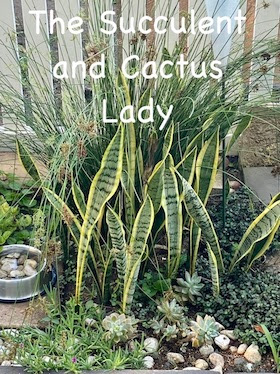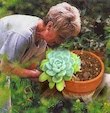Aloe striata - pics taken in a garden in Ballito, KwaZulu Natal
Aloe striata is a stemless aloe with blue green leaves. Attractive coral red flowers are borne during the winter months on tall flat-topped inflorescences.
This species is comprised of three subspecies; the typical subsp. striata as well as the two less well-known subsp. karasbergensis and subsp. kommagasensis - which are both more difficult to cultivate than the subsp. striata and consequently seldom seen in gardens. The subsp. striata is widely distributed over the Eastern & South Western Cape province. It grows in stony soils on rocky hillsides in arid areas near the coast and the drier inland karoo areas.
Aloe striata is a popular and most rewarding garden plant. It is relatively easy to cultivate under a wide variety of climatic conditions provided it is planted in a well-drained situation in full sun and given adequate water but not over-watered. It can withstand extreme frost and prolonged drought. This species is not only very showy when in flower but also during the rest of the year on account of its attractive foliage.
Propagation is from seed which germinates easily if sown in well drained soil and covered lightly with fine sand. Seedlings grow fast, reaching flowering size in three to four years. This species, as with most Aloe species, is subject to attack by snout weevil, white scale and aloe rust, although healthy specimens don't fall prey to pests and disease as easily as stressed plants do. These maladies are best treated symptomatically when they occur and your local nursery or garden centre should be able to advise on products suitable for your particular situation.
(All info from PlantZAfrica.com as I knew nothing about this particular Aloe)






